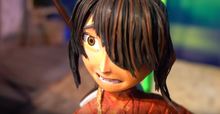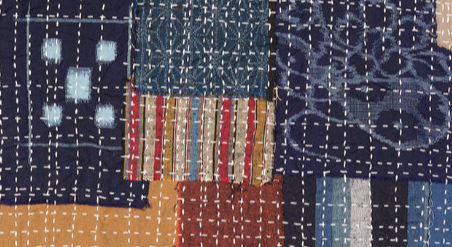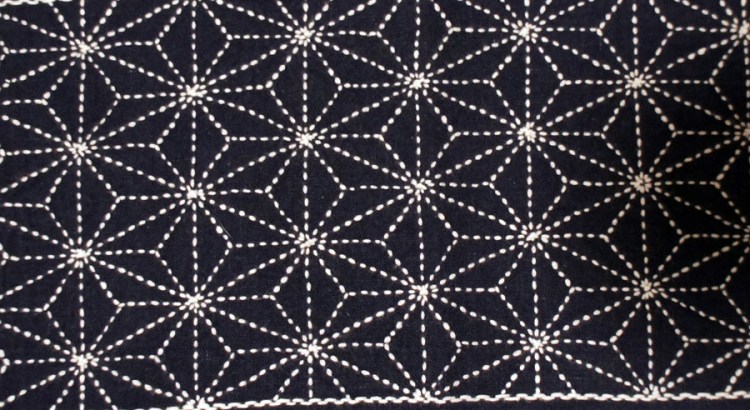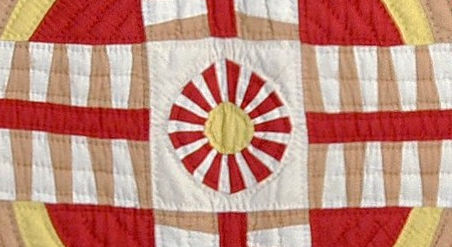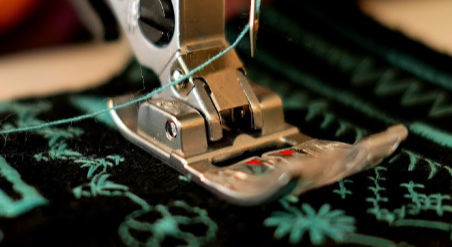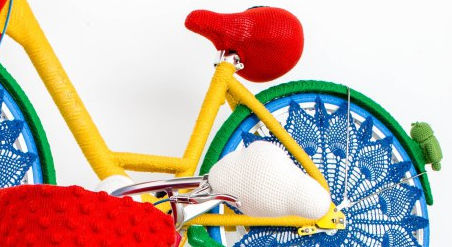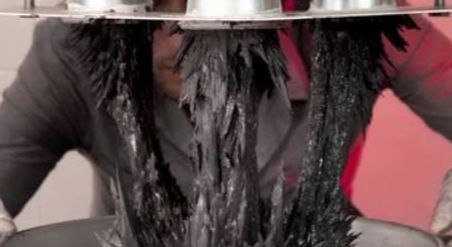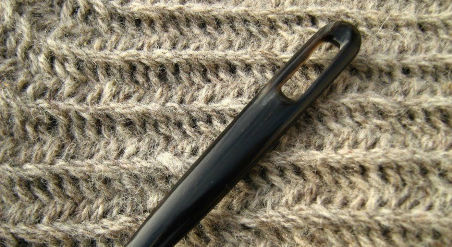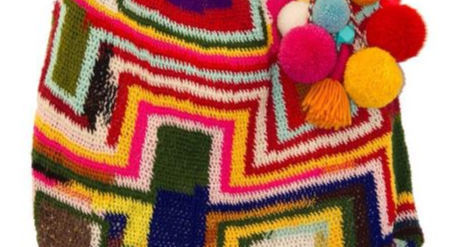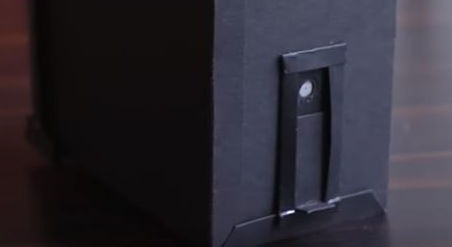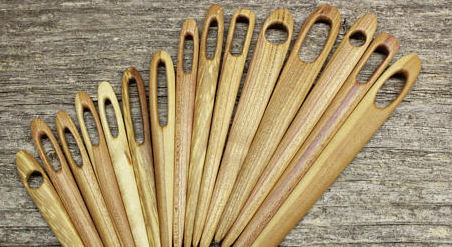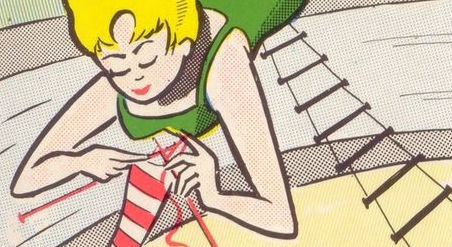Learn How to Make a Stop Motion Animation
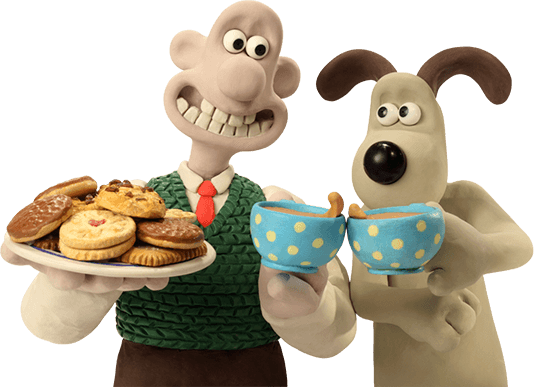
Wallace and Gromit Aardman Studios
Some of my favorite movies are stop motion animations. The people behind these movies can manipulate the facial and body expressions of their characters so well that we get pulled into the story line and nearly forget we're watching bits of clay.
Of course, there's a lot that goes into making the movie work so that the audience gets lost in the hero's journey* - the characters, sets, editing, music, sound effects, costumes, camera angles, and lighting. Figuring out how to assemble all the pieces you need - and where to start - can be daunting. But, there's a pretty simple way to figure out what you need to know so you can start animating like a pro.
HERE'S A PLAN FOR YOU
A good place to start is by paying close attention to how some of your favorite animated movies have been put together by breaking down what's happening on the screen during a scene. Set yourself up so you can watch the scene several times, and take notes as you're learning what makes the scene work. You're going to pay attention to your reactions to what's going on in the scene, and then figure out what happened in the scene to make you react.
Picking apart scenes is a really good starting point in your own movie-making apprenticeship. It's something you can do with family and friends. Your goal is to deconstruct a scene, name the elements that make up the scene, and figure out what they make you think about and how they make you feel.
Once you've figured this out, you'll understand how to build your own scene, and how to get your audience to think and feel a certain way about your story. And remember, once you understand all the elements and layers that make up an animation, you'll be able to add your own layers, which will make your movie more engaging.
The movie makers have spent months - and sometimes years - to formulate a combination of dialog and action to make you feel a certain way. Are you feeling happy, sad, scared? Can you pinpoint the moment you started to react? Great! Go back to the beginning of the scene and take notes of everything that you notice going on.
SOUND IS PROBABLY MORE IMPORTANT THAN YOU REALIZE
Is there a sound in the background that makes you know that something is about to happen? Did you hear a door open, and you're waiting to see who entered? Does the music sound happy, or start out low and get louder, and creepier, and make you scared? Does the lighting tell you anything - like where you should focus your attention?
Watch the scene at least one time through with your eyes closed, and pay close attention to all the sounds that make up the scene - dialog, sound effects, and music. You'll be surprised how much information is conveyed just through the sound tracks.
FILMING THE RIGHT WAY FOR EDITING
You need to understand a special rule about camera placement:
If you want to film individual characters in a 2-person conversation that you'll cut together later, you'll need to pay attention to where you place the camera so that it will properly edit together. Read up and understand what "crossing the line" means in the 180 Degree Rule. If you don't follow these rules, it'll look like the point of view is jumping all over the room, not making sense, and you'll confuse your audience.
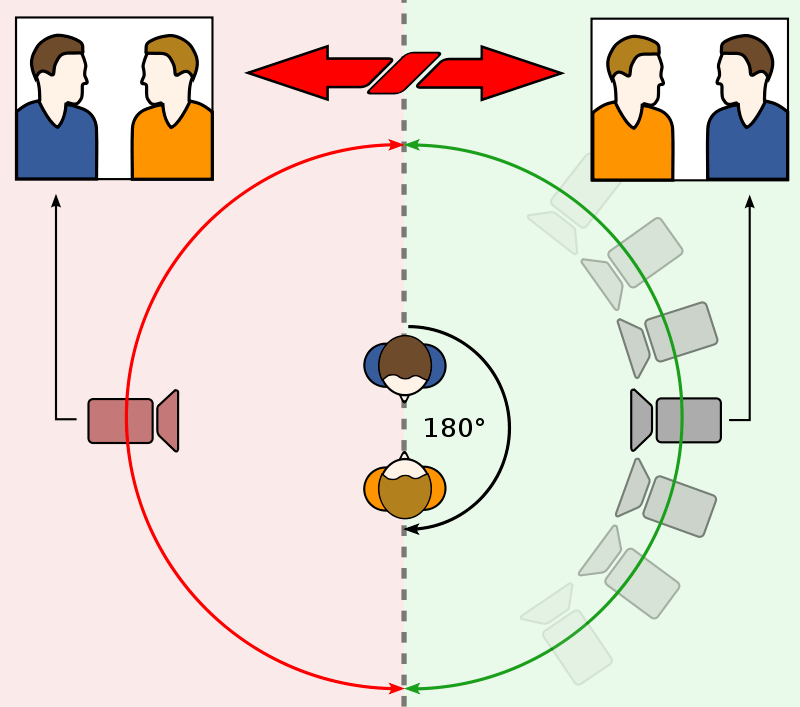
LEARN BY DECONSTRUCTING ALL THE ELEMENTS
Watch a scene over and over until you can name everything going on, including where the focus of the action is as the conversation is going on. If there are two characters, does the first shot in the scene include both characters, and then focus on only one character at a time as the scene progresses? Does the camera get closer to the characters as the dialog becomes more focused and intense? (And, can you see where the camera was placed, and can you see that they are following the 180 Degree Rule?)
Did the editors cut back and forth between the two characters as an argument got more heated?
Next, pay attention to how the scene ends, and how the next scene begins. Is there a fade-out and fade-in? Are there any music cues or sound effects that carry over from one scene to the next? Can you figure out why the movie-makers made those choices?
Once you understand the different elements that make up a good movie, you can use these elements to make your own animated story come to life. You can make characters from clay, Legos and other toys, puppets, or figures that have a bendable wire interior. (You might like to watch a video about Callum Donovan, who makes his own characters out of found objects.)
* THE HERO'S JOURNEY
Do you need help coming up with a story? Watch the video below for guidance on how to get started.
When you're ready to start animating, you can try out using a program like HUE Animation Studio. [The Brooklyn Refinery is reader-supported. When you buy through links on our site, we may earn an affiliate commission. Learn more]
For fun and for learning, watch stop motion animator Andy Bailey's behind-the-scenes tour of miniature animation sets and puppets from Laika Live's exhibit at Comic Con 2018. Laika Live animators are the creators of Coraline, ParaNorman, The Boxtrolls, Kubo and the Two Strings, and Missing Link.
Do you feel ready to tackle stop motion animation? I hope so!
Don't miss: Free Comics Course and Callum Donovan.
POPULAR POSTS
Follow a tutorial for making a patchworked bag with Sashiko topstitching. | Follow tutorials for how to create traditional Japanese embroidery stitching. | Explore a library's digitized vintage maps, which you can download for free. | Learn from a museum textile curator how to best care for your quilts. |
Learn to make a basket weave pattern quilt from scraps of fabric. | Sisters Lorna and Jill Watt create amazing yarn bomb installations . | Ceramic artists create fantastical structures using magnetic clay. | Learn about a Viking fabric-making technique which pre-dates knitting. |
Follow a tutorial for making a bilum bag - PNG's traditional fabric. | Learn to make a pinhole camera; develop paper film with common items. | Learn about a stretchy fabric made with connected loops. | Free digitized knitting magazines 1800 - now. |

